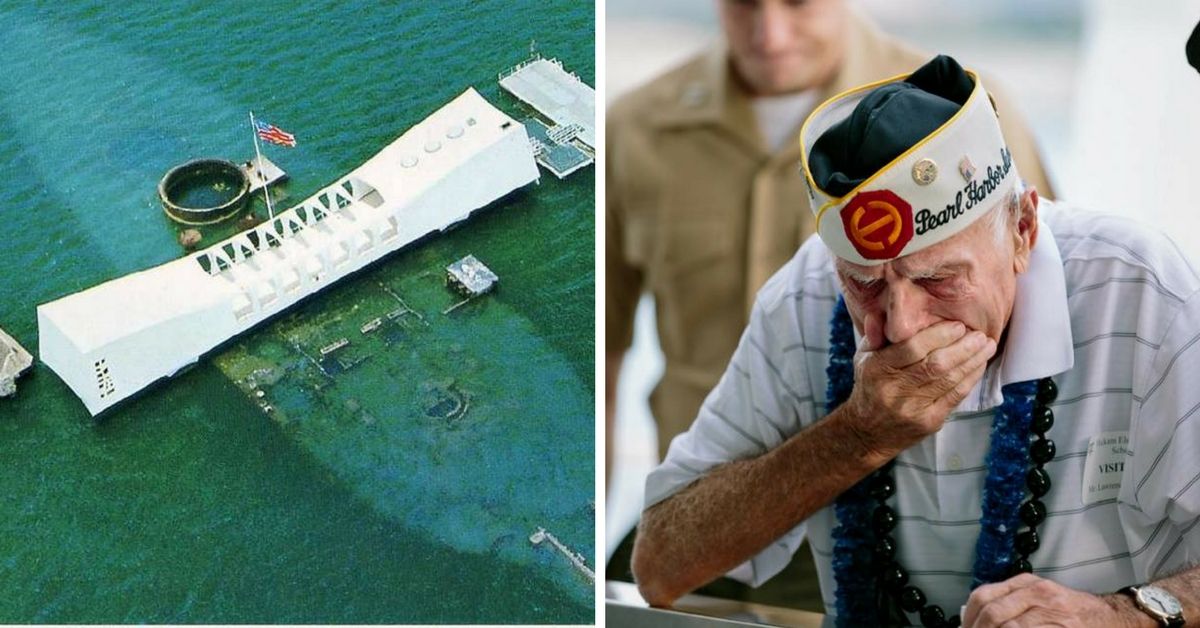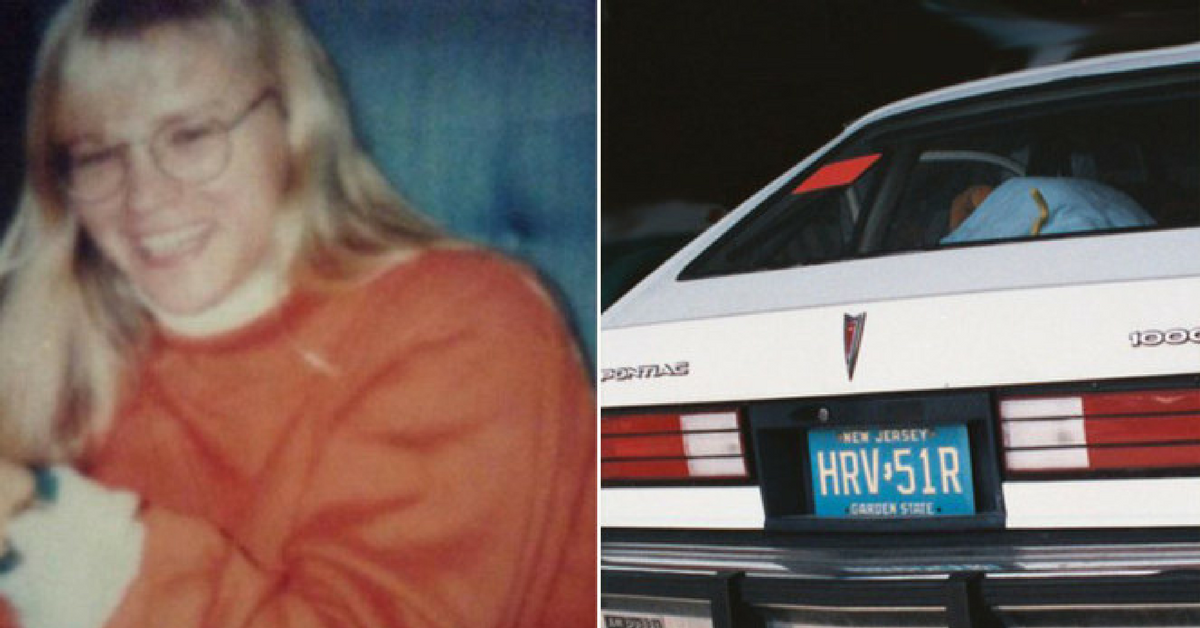On December 7th, 1941, the United States had their firsthand taste of the devastation we all associate with the Second World War, when the Imperial Japanese Navy Air Service launched a squadron of 353 aircraft and attacked the United States naval base at Pearl Harbor, Hawaii.
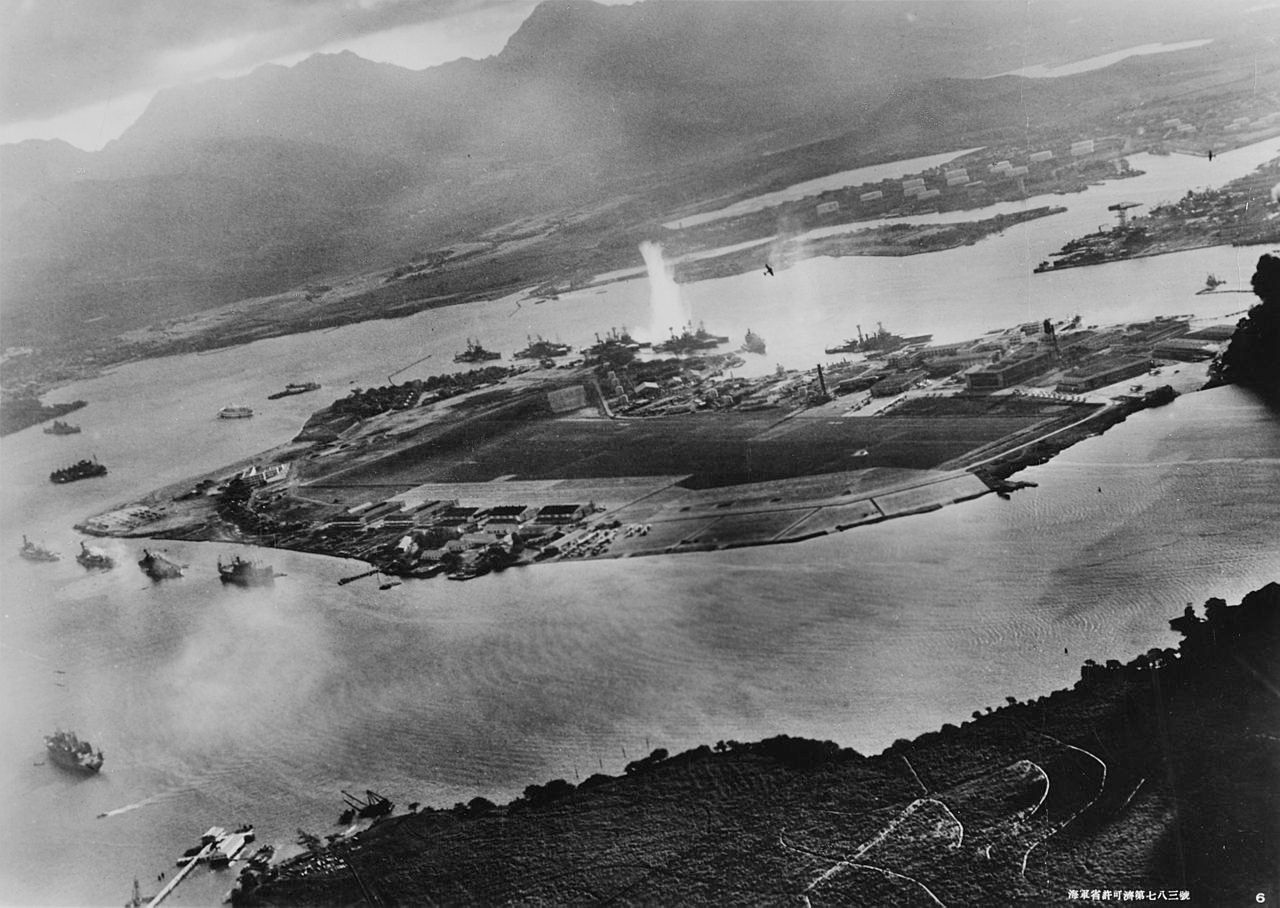
The United States had largely shied away from being an active participant in the war up until this point, staying content to supply the British with ammunition and supplies through convoys that traveled the Atlantic. However, as one of the Axis powers, Japan feared the possibility of the United States Navy running supplies to Europe through the Pacific Ocean, and decided to launch the assault on Pearl Harbor as a way of dissuading the Americans from getting involved.
Suffice it to say, things didn't exactly go as planned.
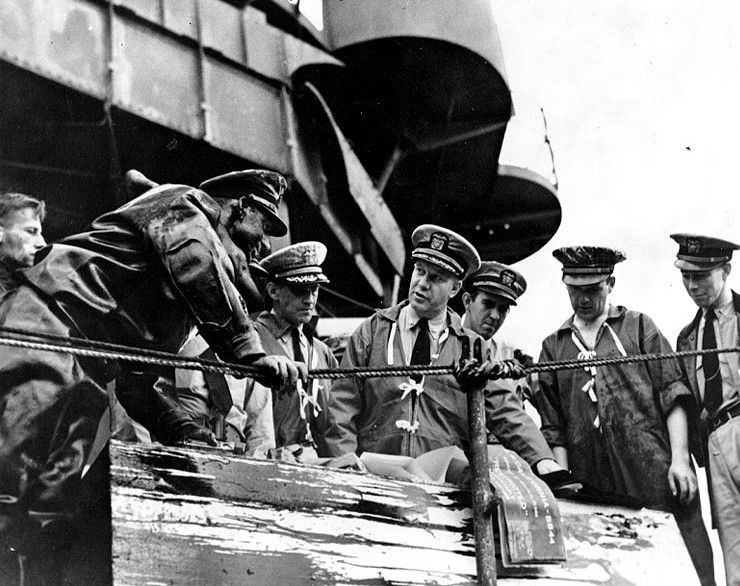
While the attack on Pearl Harbor was devastating and shocking to the American people, it ended up being the push needed to get America to commit to the war in its entirety, by providing an influx of troops, resources and intelligence that the Axis had not counted on having to face until they had already conquered Europe. Between their entry into the war and the increased retaliation from within Europe and from the Soviet Union, this more or less signaled the beginning of the Axis's downfall.
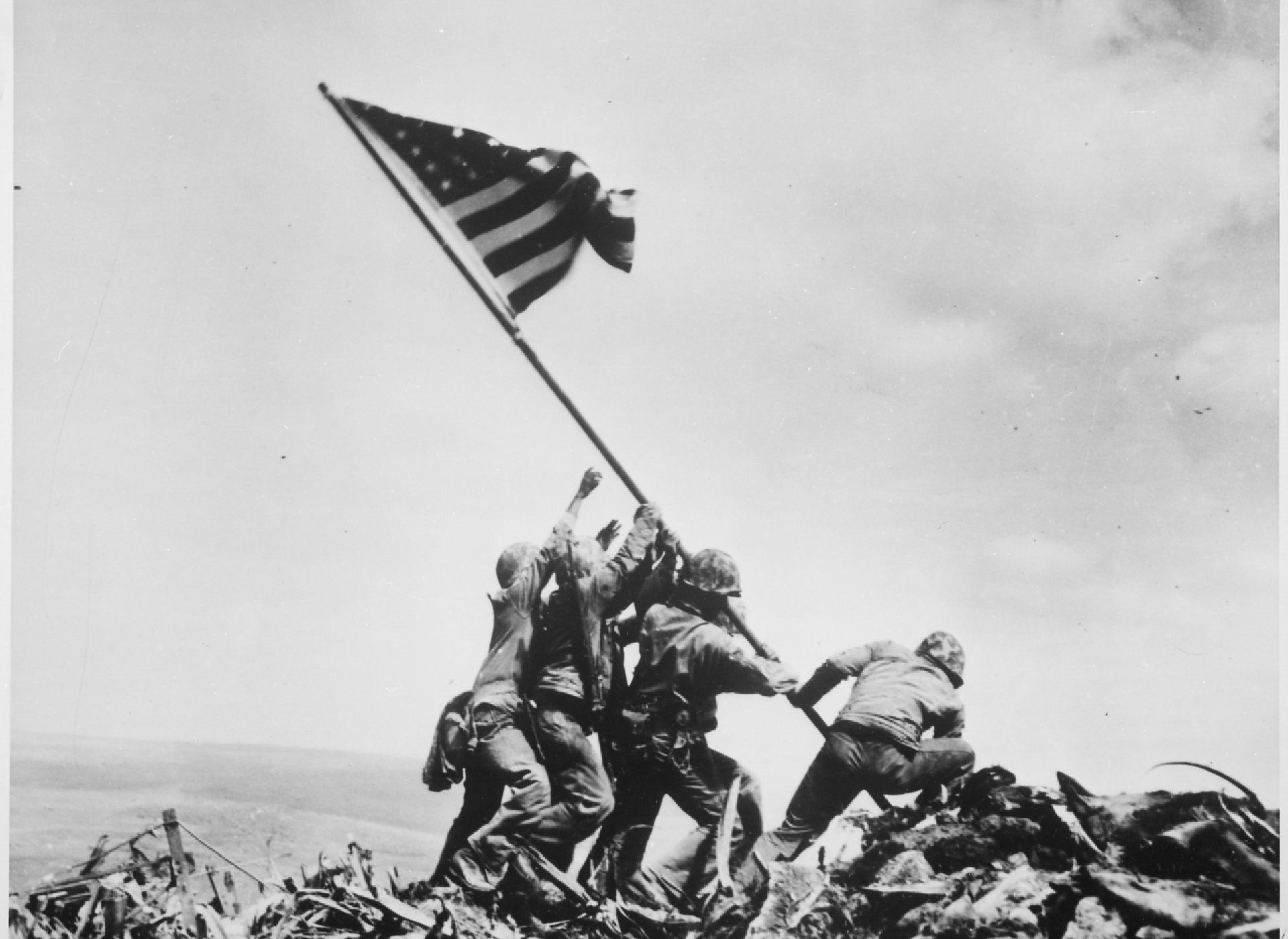
While the Pearl Harbor attack ultimately led to a massive positive outcome, the memories of that horrific day are still all-too real for those who survived it, and those people are offered a special honor that no others can receive.
The USS Arizona was one of several battleships stationed at the naval base at Pearl Harbor during the attack, and like many of its brethren, it sank below the waves due to the damage it took in the Japanese onslaught.
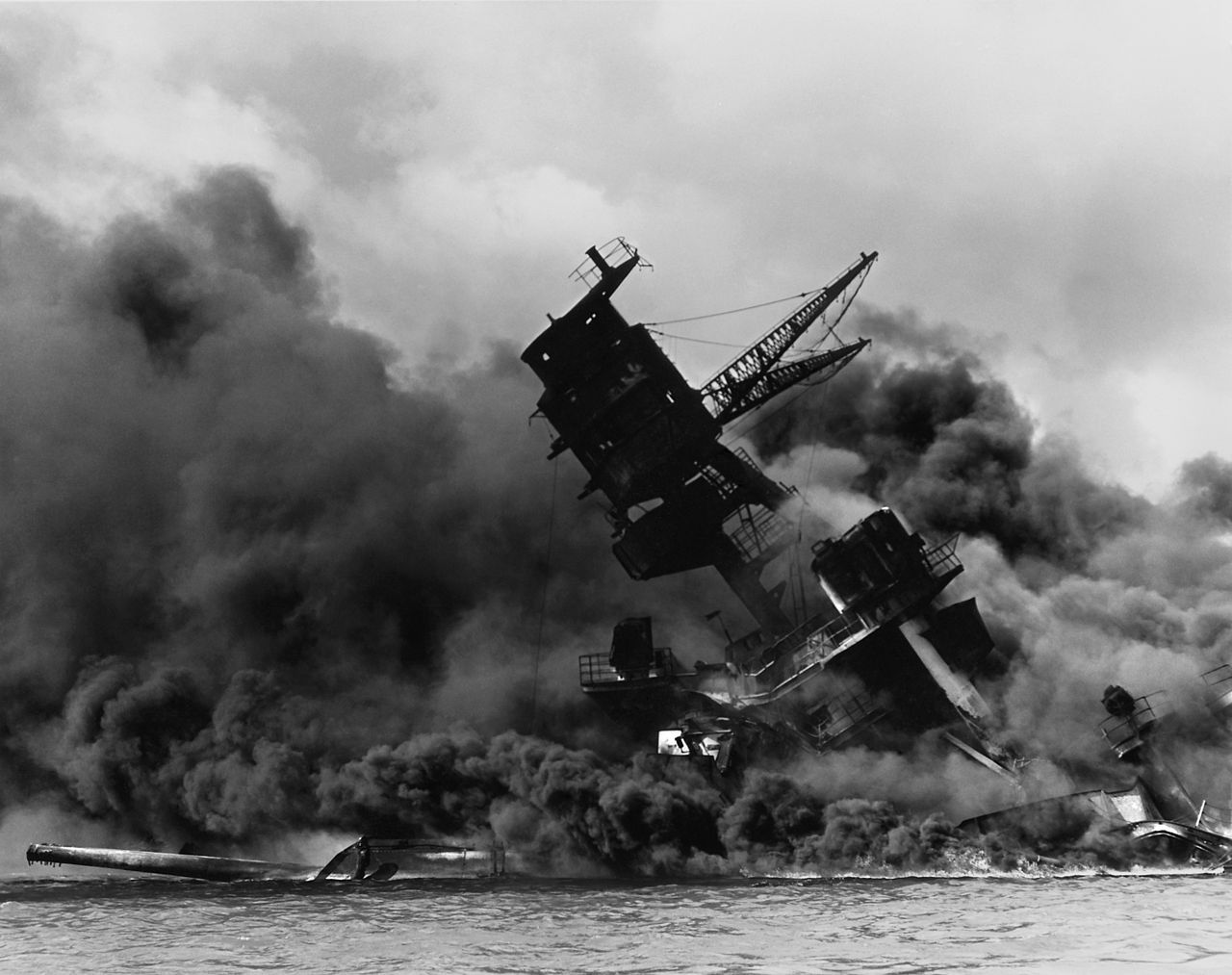
Its wreckage still rests under the harbor to this day, and it's more than just a historical relic: it's become the burial site for several of the attack's survivors.
That's right, over 40 sailors and crewmen who survived the assault have had their remains returned to the ship that they served valiantly on, sent to join their hundreds of brethren who weren't able to make it out of the ship alive.
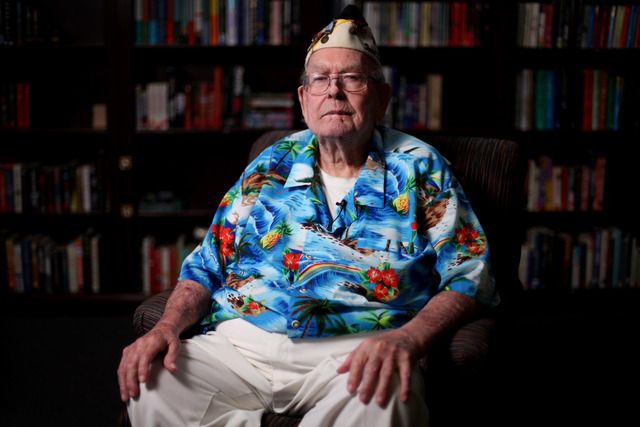
Most recently, John Anderson and Clarendon Hetrick, both Seaman First Class aboard the Arizona, passed away in their 90s and had their remains interred in the wreckage of the ship.
"Petty officers Hetrick and Anderson, shore leave is cancelled. Report back to your appointed place of duty and assume the watch on the USS Arizona," said Rear Adm. John Fuller, U.S. Navy Region Commander, as he concluded his remarks during the ceremony.
What do you think about this tradition for the survivors of Pearl Harbor?
